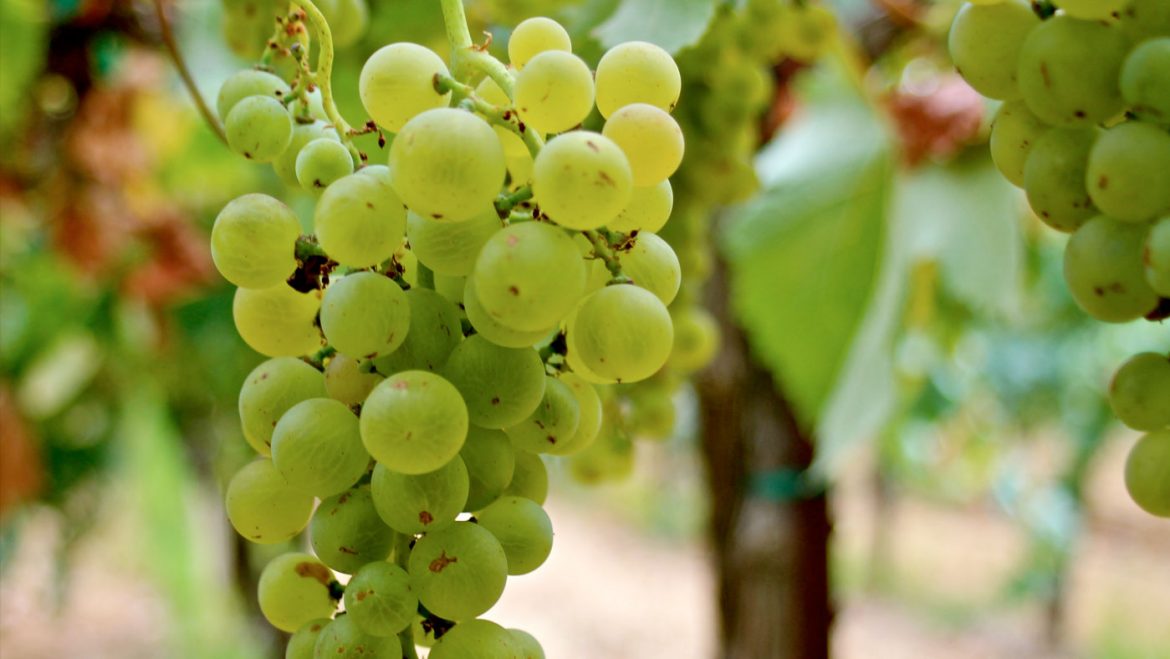Filled with aromas of jasmine, lychee and orange, Torrontés is unmistakable and it is one of Argentina’s most important white wine varieties. Torrontés represents almost a third of Argentina’s white wine vineyards and is the white wine Argentina is best known for as it is a native variety, which is rarely planted outside of Argentina.
Torrontés in fact refers to three different, although genetically very similar, white grape varieties: Torrontés Riojano, Torrontés Sanjuanino and Torrontés Mendocino. The main variety used for top quality wines is Torrontés Riojano, which is widely planted around Argentina.
Quick Torrontés guide
Aromas: Jasmine, lychee, orange, apricot, roses, ginger, honeysuckle
Palate: Light to medium body; Dry; Medium, fresh acidity; usually 13.5% abv
A guide to Torrontés: A Criolla variety born in the New World
When the Spanish brought the first vines to the Americas, Moscatel de Alejandría and Criolla Chica (known as Listán Prieto in Spain) were two of the founding varieties that were planted on the continent. Both varieties were planted widely across the Americas and often grew together in the same vineyards as mixed plantings. In Argentina, in the more densely planted Cuyo regions, at some point in the late 18th century, both varieties crossed to give birth to the family of Torrontés varieties: three sisters, from the same parents but with a slightly different appearance and personality.
Characteristics of Torrontés wines and Torrontés grape varieties
Torrontés shares many characteristics with its parent grapes, Moscatel de Alejandría and Criolla Chica. Most notably the impressive yield of both and the Muscat-like aromas of jasmine, rose, geranium and honeysuckle that abound in the glass. In its fruit expression, some Torrontés wines err towards citrus fruit and orchard fruit notes while others have more exotic aromas of lychee and mango or even mineral notes with a slight salinity in the mouth.
Torrontés grows particularly well in high-altitude vineyards where the cooler night temperatures help to retain some acidity in this typically low-acid grape variety, and the wines retain more aromatic definition. In warmer regions, Torrontés runs the risk of becoming flabby. But the best examples of Argentine Torrontés are almost always crisp and refreshing.
The exotic floral and fruit notes and light to medium-body make Torrontés a great summer wine and it pairs rather nicely alongside the spicier empanadas of Northern Argentina, as well as lighter summer dishes, salads and Asian cuisine.
Three grape varieties of Torrontés
Torrontés Riojano
Considered the best of the Torrontés varieties, Torrontés Riojano has the greatest potential for making high-quality wines due to its enhanced aromas and more balanced sugar and acidity level.
Torrontés Riojano is by far the most planted of all the Torrontés varieties and the most widespread, with plantings reaching from Jujuy in the north down to Chubut in the extreme south of Argentine wine country.
Torrontés Sanjuanino
The vast majority of plantings of this variety are still in its birthplace, in San Juan, which claims almost 90% of the Torrontés Sanjuanino vineyards. While Torrontés Riojano is believed to be of the best quality, Torrontés Sanjuanino comes in second — sharing similar characteristics of large and loose bunches of highly aromatic grapes. Torrontés Sanjuanino is produced into wine (although mainly table wine quality) and also consumed as table grapes.
Torrontés Mendocino
The relatively limited plantings of Torrontés Mendocino are in decline as this variety is considered the black sheep of the Torrontés family, making wines of lesser quality and the least aromatic of them all. Torrontés Mendocino grapes are often consumed as table grapes rather than being made into wine.
Calchaquí Valleys
In the Calchaquí Valleys in Salta and Northern Argentina, Torrontés really comes out in its most hedonistic and floral expression with tropical notes of lychee and jasmine. This is also where you’ll typically find the fresher and lighter styles of wine, with the exception of some more concentrated old vine Torrontés.
La Rioja
The heartland of Torrontés although many of the wines go under the radar of most wine drinkers. Typically the La Rioja wine regions produce less exuberant wines than those from the Calchaquí Valleys, but with more body. They are often very good value.
Uco Valley
The cooler, high-altitude wine regions of the Uco Valley are gaining recognition for making some excellent quality Torrontés wines with freshness and varietal definition. It’s here where the movement towards modern white blends made with Torrontés is really emerging and there are some exciting Torrontés blends to try as well as some more substantial oak-aged Torrontés varietal wines.


